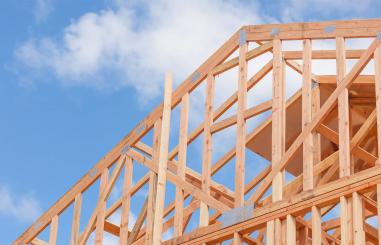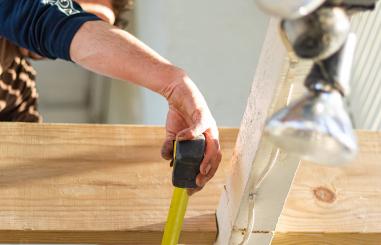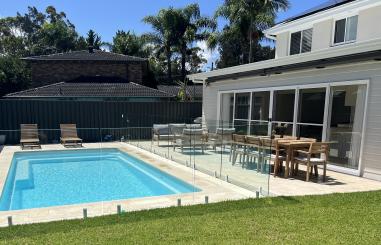When you’re building or renovating your home, one of the most important tools you can have isn’t a hammer or a set of plans – it’s clear communication with your builder. A strong relationship built on trust, honesty, and good old-fashioned Aussie straight talk can make all the difference between a dream project and a nightmare.
So how do you make sure you’re on the same page with your builder from day one? Here are some top tips to help you keep things running like a well-oiled machine.
Before you even sign a contract, take the time to work out exactly what you want from your build or reno. Do your research, make a list of must-haves and nice-to-haves, and have a clear vision of your budget and timeline. This makes it easier for your builder to understand your expectations and quote accurately.
Hot tip: Photos and mood boards can speak louder than words. Share inspiration pics so your builder knows exactly what you’re picturing.
Set up a regular check-in – whether it’s a weekly site meeting, a phone call every Friday arvo, or updates via email. The more consistent the communication, the fewer surprises down the track.
Make sure you know:
Builders are the experts, but you don’t need to feel like you’re out of your depth. If something doesn’t make sense or feels off, speak up. Good builders welcome questions and want you to feel confident about what’s happening onsite.
There’s no such thing as a silly question when it’s your money and your future home on the line.
If your budget changes, or you’ve had a change of heart on a design choice – let your builder know ASAP. Open communication means they can adjust accordingly and avoid any costly surprises.
Being upfront about concerns or issues early on can save a heap of stress later.
Verbal agreements are all well and good – but when it comes to construction, it’s best to get everything in writing. Whether it’s a variation to plans, a timeline update, or a change in materials, written confirmation helps protect both you and the builder.
Pro tip: Keep a project diary with notes, emails, and photos – it’s a great record to have if you ever need to refer back.
Builders work hard – rain, hail, or shine – and they’ve got a tonne of experience under their belts. Treating your builder and their team with respect helps build a positive working relationship and keeps morale high onsite.
A simple “thanks” and a friendly chat can go a long way!
Once you've done your due diligence and chosen a reputable builder, it’s important to trust their process. Micro-managing every move will only create tension. Stay involved, but don’t sweat the small stuff – remember, your builder wants the best result too.
Building or renovating your home is a big deal – emotionally, financially, and time-wise. But with clear, open, and respectful communication, you can make the experience a whole lot smoother.
Pick a builder you feel comfortable with, set clear expectations early on, and keep the lines of communication open – and you’ll be well on your way to bringing your dream home to life without the stress.


Prime Costs (PC) and Provisional Sums (PS) are essential terms in construction quotes. Prime Costs cover allowances for materials like fixtures or appliances that haven't been selected yet, offering flexibility but potentially leading to additional costs if more expensive options are chosen. Provisional Sums are estimates for work not fully defined when quoting, like excavation or retaining walls, and may change due to unforeseen circumstances. Understanding the distinction helps homeowners manage budgets and avoid surprises during the building process.
Read more
A pre-handover inspection is crucial when taking possession of a new home to ensure any issues or defects are addressed before the final settlement. Key areas to check include the structural integrity (e.g., walls, floors), fittings and fixtures (e.g., taps, doors, windows), kitchen appliances, bathroom tiles and plumbing, electrical systems, and finishes like paintwork and flooring. By thoroughly inspecting these aspects, homeowners can prevent costly repairs later and ensure a smooth transition into their new home.
Read more
In recent years, a new trend has emerged in the world of residential homes known as the Australian Hamptons style. This unique architectural and interior design style combines elements of traditional Hamptons style with a distinctive Australian twist, resulting in homes that are both elegant and relaxed. Often referred to as Aussie Hamptons, these homes have gained popularity for their timeless appeal and seamless integration with the beachy Australian lifestyle.
Read more